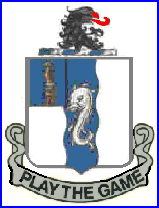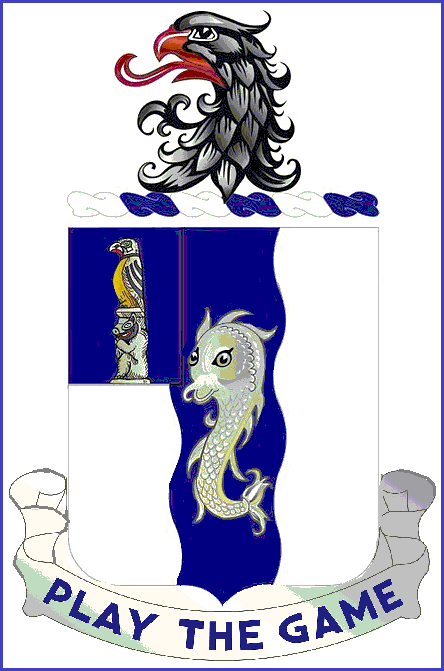We are grateful to the 75th
Ranger Association for the following information.
Throughout history the need for a small, highly trained, far ranging unit to perform
reconnaissance, surveillance, target acquisition, and special type combat missions has
been readily apparent. In Vietnam this need was met by instituting a Long Range Patrol
program to provide each major combat unit with this special capability.
Rather than create an entirely new unit designation for such an elite force, the
Department of the Army looked to its rich and varied heritage and on 1 February 1969
designated the 75th Infantry Regiment, the present successor to the famous 5307th
Composite Unit (MERRILLS MARAUDERS) as the parent organization for all Department of the
Army designated Long Range Patrol (LRP) units and the parenthetical designation (RANGER)
in lieu of (LRP) for these units. As a result, the 50th Infantry Detachment (LRP),
formally the 9th Infantry Division LRRP (Provisional) assigned to the 9th Infantry
Division, became Company E (Ranger), 75th Infantry.
In the fall of 1966, the 9th Infantry Division formed a division Long Range Reconnaissance
Patrol (LRRP) Platoon after division commander, Maj. Gen. George S. Eckhardt flew to
Vietnam on an orientation tour of the combat theater. Major General Eckhardt noted that
each division contained a long-range patrol unit. He arrived back at Fort Riley, Kansas,
where the Division was completing preparations for its scheduled December deployment to
Vietnam, and ordered the immediate organization of a reconnaissance platoon for his own
division. Capt. James Tedrick, Lt. Winslow Stetson, and Lt. Edwin Garrison were chosen as
the officers for the LRRP Platoon. They interviewed and screened the records of 130
volunteer soldiers and selected the best 40. The provisional unit was known as the
"War Eagle Platoon". In November of 1966, the LRRP Platoon completed the Jungle
Warfare School in Panama. Captain Tedrick conducted an extra week of tropical training
following the regular two-week course. Platoon members were shipped to Vietnam in January
1967.
At the Special Forces MACV Recondo School at Nha Trang, the entire 9th Infantry Division
LRRPS became recondo-qualified, Meanwhile, the unit adjusted to its combat operating area.
The division operated primarily in the lowlands south of Saigon, the Rung Sat Special
Zone, and the Mekong Delta. Torrential rains and year-round water exposed patrollers to
high rates of disabling skin disease. Reconnaissance troops often suffered extensive
inflammatory lesions and rampant skin infections. And by the fourth month of tropical
service, nearly three-fourths of all infantryman had recognizable infections. The Bear Cat
- Long Thanh area east of Saigon was where the division was initially concentrated. The
new base, Dong Tam, was constructed by dredging the My Tho river to produce enough fill to
build a major installation in the Mekong Delta. It was located five miles west of My Tho
in Dinh Tuong Province.
On 8 July 1967, the 9th Long Range Patrol Detachment (LRPD) was formalized. Borrowing
General Marshall's World War II phrase, the Division LRPD was "well brought up."
During June and July, the LRPD completed forty-three patrols and clashed eighteen times
with enemy forces. Through August and September, the LRPD continued to fill. By October it
had reached full authorized strength of 119 personnel and was rated fully operational.
Each platoon contained a command section and eight, six-man teams.
Some teams of the division LRPD rendered reconnaissance for 2nd Brigade in Operation
CORONADO and entered the Viet Cong Cam Son secret base area while other teams supported
the 1st Brigade in Operation AKRON and uncovered a massive underground system of enemy
tunnels and bunkers. The LRPD also conducted important military intelligence tasks for the
Mobile Riverine Force within the Mekong Delta.
Major General George C. O'Connor activated Company E (Long
Range Patrol), 50th Infantry, to give the 9th Infantry Division specialized ground
reconnaissance support on 20 December 1967. The long-range patrol company absorbed the
LRPD and was designated as "Reliable Reconnaissance" after the division nickname
of "Old Reliable's."
During January 1968, the Navy SEAL teams began joint operations with Reliable
Reconnaissance. LRP's did this to gain training and experience in the Delta environment
The missions designated as SEAL-ECHO were the highly selective patrols. They were inserted
by Navy patrol boats, plastic assault boats, helicopters, and Boston whalers. The
SEAL-ECHO troops used supporting artillery and airstrikes to destroy larger targets.
Maj. Gen. Julian J. Ewell assumed command of the 9th Infantry Division in February 1968.
He authorized the Reliable Reconnaissance company to acquire a similar capacity to the 3rd
Brigade Combined reconnaissance and Intelligence Platoon as a result of the Tet-68
battles. Company E received permission to employ available Provincial Reconnaissance Unit
(PRU) personnel from the Central Intelligence Agency's Project Phoenix program. The PRU
troops were hardened anticommunist troops dedicated to destroying the Viet Cong
infrastructure. The PRU troops generally possessed very high esprit and great knowledge of
Viet Cong operating methods. From November 1968 through January 1969, the last three
months of Company E's existence, the Reliable Reconnaissance teams conducted 217 patrols,
and engaged the enemy in 102 separate actions. The company was credited with capturing
eleven prisoners and killing eighty-four Viet Cong by direct fire. |
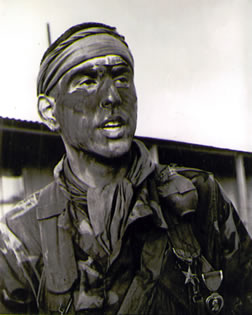 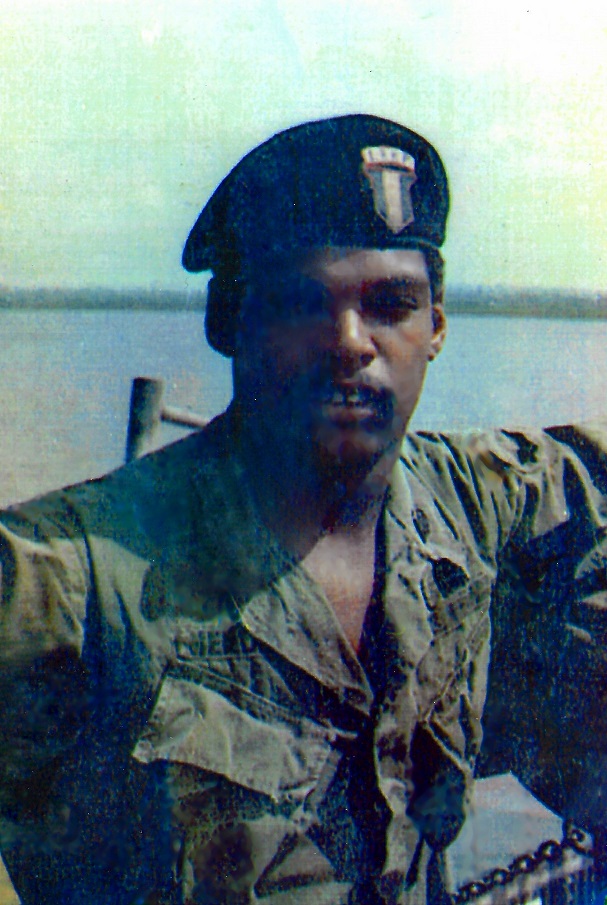 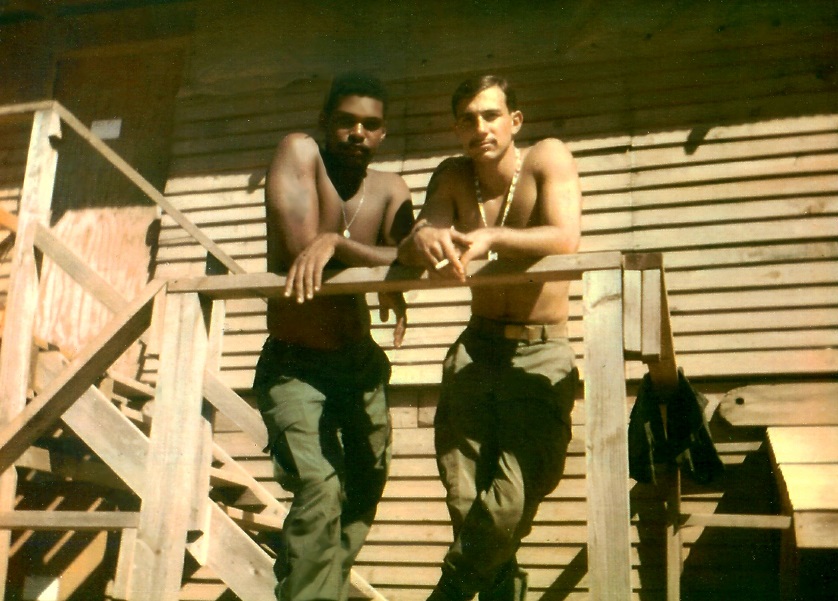
Above, Left to Right: GT Joseph J. Florio (Hamden, Conn.), Co. E (LRP),
50th Infantry, 9th Inf Div, displays the Bronze Star and Purple Heart
that he was awarded upon return from a long range patrol in the Mekong
Delta. 1968; Charlie Hendrickson, Dong Tam, 1968-9; Charlie Hendrickson
and Paul Cicero, Dong Tam Barracks, 1968.
On 1 February 1969, the department of the Army reorganized the 75th Infantry as the parent
regiment for long-range patrol companies under the combat arms regimental system. Maj.
Gen. Ewell activated Company E (Ranger), 75th Infantry, from Company E, 50th Infantry. The
rangers were known as "Echo Rangers" or "Riverine Rangers," because
they mostly dealt with riverine and canal reconnaissance - even though the company was
only partially assigned to the Mobile Riverine Force. Ranger Company E took advantage of
dry season conditions to harass suspected Viet Cong supply lines from activation until the
end of April. The Riverine Rangers conducted 244 patrols and reported 134 observations of
enemy activity. They clashed with the Viet Cong during 111 patrols and were credited with
capturing five prisoners and killing 169 Viet Cong. When the 9th Infantry Division began
phasing out of Vietnam in July 1969, the rangers renamed themselves "Kudzu
Rangers" after the operational code word for the close-in defense of Dong Tam. The
ranger company phased its teams out of the Kudzu business by 3 August.
On 23 August 1969, the Army formally inactivated Company E (Ranger), 75th Infantry. The
provisional 'Go-Devil" Ranger company, also known as the separate 3rd Brigade of the
9th Infantry Division, formally established as an independent unit on 26 July 1969, was
unaffected by this paper ruse. On 24 September, the U.S. Army Pacific reactivated Company
E by General Order 705 and the U.S. Army Vietnam headquarters published orders reassigning
Company E to the 3rd Brigade, 9th Infantry.
Company E, 75th Infantry was again activated on 1 October 1969 and the original Company E
was discontinued and became the new Company E. The only difference was what they called
themselves, They dropped "Riverine Rangers" and continued on with their newly
acquired name, "Go-Devil" Rangers." They left Vietnam on 12 October 1970
with the 3d Brigade, 9th Infantry Division.
No other combat recon units waged reconnaissance and intelligence - gathering operations
under circumstances more difficult than those with the 9th Infantry Division in Vietnam.
Despite this, the Reliable Reconnaissance Patrollers, Riverine Rangers, and Go-Devil
Rangers manifested sound tactical doctrine and imaginative techniques in adjusting to the
alien Mekong Delta environment and applied undeviating pressure against the Viet Cong
havens and their supply lanes throughout the division term of service in Vietnam. |
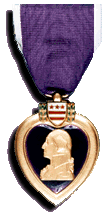 KILLED IN ACTION
|
|
|
Republic of Vietnam Cross of Gallantry with Palm, Streamer embroidered VIETNAM
1966-1968, 1 Dec 66-30 Jun 68, DAGO 31, 69
 
Republic of Vietnam Cross of Gallantry with Palm, Streamer embroidered VIETNAM 1969, for
the period Jan 69, DAGO 53, 70.amended DAGO 59, 69
 
Republic of Vietnam Civil Action Honor Medal, First Class, Streamer embroidered VIETNAM
1967-1969, 20 Dec 67-31 Jan 69, DAGO 53, 70, amended DAGO 56, 69
  |
Vietnam War
 
Counteroffensive, Phase III (as Company E (LRP), 50th Infantry)
Tet Counteroffensive (as Company E (LRP), 50th Infantry)
Counteroffensive, Phase IV (as Company E (LRP), 50th Infantry)
Counteroffensive, Phase V (as Company E (LRP), 50th Infantry)
Counteroffensive, Phase VI (as Company E (LRP), 50th Infantry and E/75 (first tour))
Tet 69/CounterOffensive (as Company E, 75th Infantry (Ranger) on their first tour)
Summer-Fall 1969 (as Company E, 75th Infantry (Ranger) on their first and second tours)
Winter-Spring 1970 (as Company E, 75th Infantry (Ranger) on their second tour)
Sanctuary Counteroffensive (as Company E, 75th Infantry (Ranger) on their second tour)
Counteroffensive, Phase VII (as Company E, 75th Infantry (Ranger) on their second tour)
|
[ Home ] [ Bn KIA's ] [ News ]
[ Stand-down ] [ History ]
[ Photographs ] [ Reunion ] [ Message Board ]
[ 1/50 Association ] [ Email Members ] [ PX ]
[ Constitution ] [ Online Application ] [ Links ] |
|
